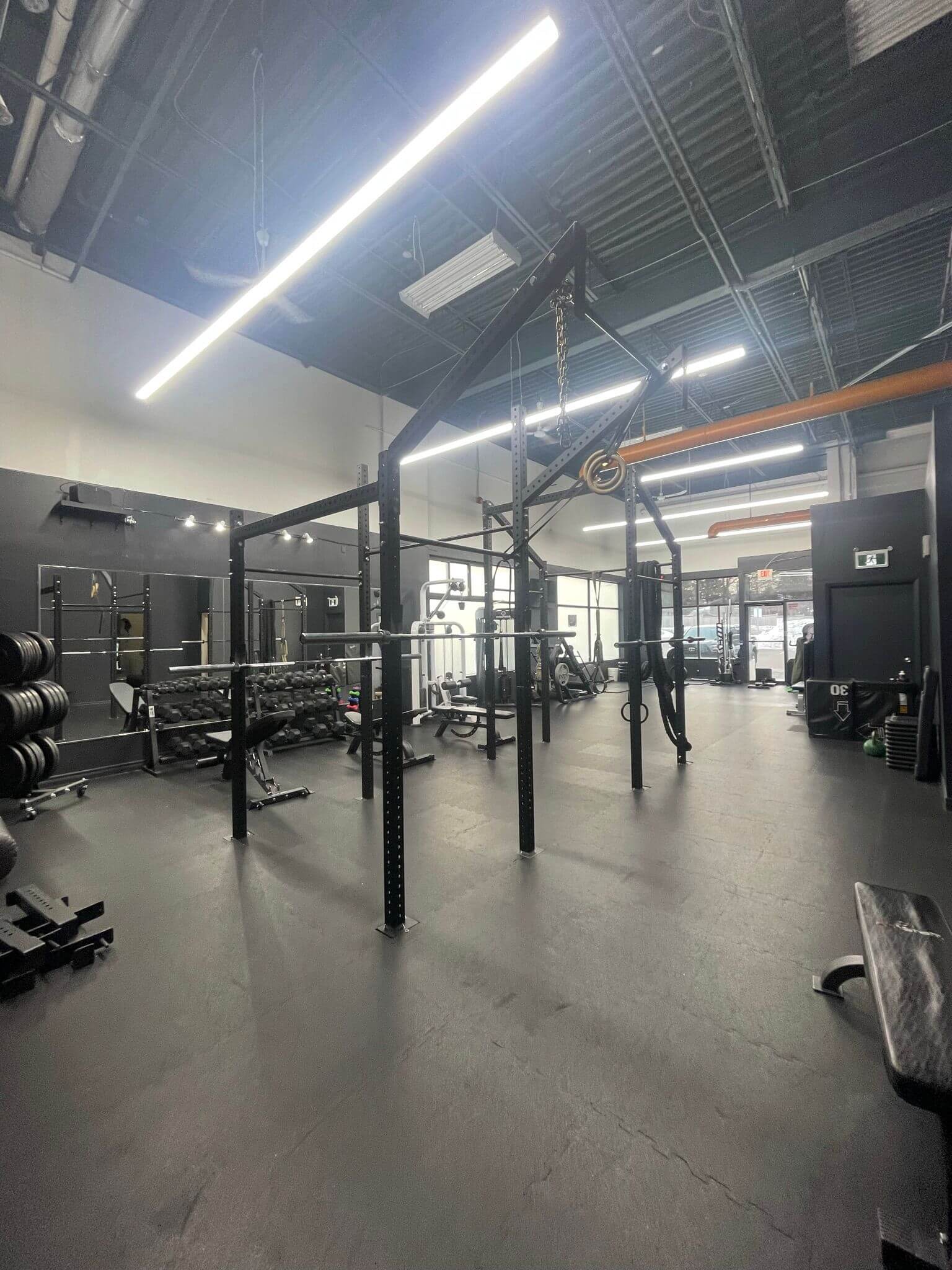First of all, what is the iliopsoas and why do you need to know about it? Well, it is a deep muscle that helps with connecting the spine to the lower limbs. Also knowing more about the muscle and injury will help you identify whether you yourself are suffering from it. Here are a few reasons how you can injure your iliopsoas and how to treat it in Markham.
Iliopsoas pain can either stem from iliopsoas tendinitis or bursitis. Iliopsoas tendonitis is an injury where the tendons or surrounding tendons of the muscle are inflamed and iliopsoas bursitis is when the bursa gets inflamed. These injuries are typically caused from repetitive overuse of the hip, which can cause you to feel pain in the hip area. Pain in the hip area is a primary symptom of iliopsoas bursitis. It is when the body responds to the injury by increasing fluid in the bursa and causing it to be inflamed. The inflammation of the bursa is what causes pain and discomfort as the inflamed bursa moves against the body. Some symptoms you might face when having either of the injuries that were previously discussed are stiffness or pain in the hip or thigh area, a pulling sensation or sharp pain, clicking or snapping in the hip or groin, worsened pain from any hip bending movements(walking, climbing stairs, squatting, sitting, etc.), pain from prolonged sitting, and tenderness in the hip and groin area.
WIth regards to treating either type of injury there are only a few methods in which they differentiate. Iliopsoas bursitis can be treated with anti-inflammatory medications like aspirin. Another method of treatment is injecting corticosteroid into the bursa to reduce inflammation. Also physical therapy to strengthen and stretch hip flexors and muscles. For iliopsoas tendinitis, anti-inflammatory medications and corticosteroid injections can help treat the injury. As well as physical therapy that focuses on hip strength, stretching and flexibility. In some cases antibiotics when an infection is present. Finally, some physical accommodations like walking aids, such as canes, can help to relieve pressure on the tendons and injured areas. Some examples of exercises that can help strengthen the now weak areas are lying straight leg raises(one leg at a time), lying Leg lifts, and standing banded hip flexion.
With that being said, to sum it all up, those with these injuries will have limited range of motion of their hip and will feel pain when doing basic everyday activities if not treated properly. Even with these limitations certain exercises can help strengthen the injured areas.
The Markham Gym
166 Bullock Drive
Units 6 & 7
Markham, ON
L3P 1W2

